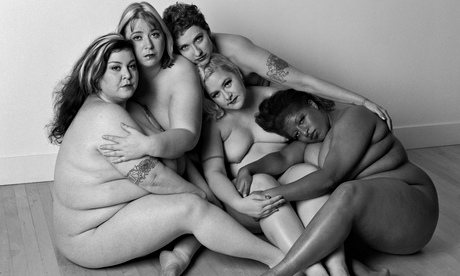
I didn’t realise it until after he died – for whatever reason, I’d just never done the mental arithmetic – but Leonard Nimoy is responsible for the single most transformative moment of my life. In a very tangible way, Leonard Nimoy saved me.
Of course, I have all the standard emotional attachments to the man as an actor and cultural icon: I grew up on Star Trek reruns and the ensuing films (when you’re done here, please sign my Change.org petition to get my fiance to wear Spock’s Voyage Home wizard bathrobe at our wedding); I used to watch The Ballad of Bilbo Baggins about 7,000 times every weekend, before I had to quit smoking pot because I convinced myself that I could “walk backwards through time”; and, in all seriousness, as a human being who believes in things – in love and humanity and the thrill of consciousness – it’s impossible not to be awestruck at the existence of such a principled, kind, talented, ravenously curious polymath.
But it’s one particular area of Nimoy’s art and activism that, for me, transcended appreciation and actually changed my life, and I’m surprised by how few people in my circle know about it. In 2007, Nimoy published a collection of photographs he titled The Full Body Project. The photos are in black and white, and they feature a group of women laughing, smiling, embracing, gazing fearlessly into the camera. In one, they sway indolently like the Three Graces; in another they recreate Herb Ritts’s iconic pile of supermodels. The women are naked, and the women are fat.
When Nimoy’s photos took their first brief viral trip around the internet, I clicked, I skimmed, I shrugged, I clicked away.
I clicked back.
I couldn’t stop looking. It was the first time in my life – I realise in retrospect – that I’d seen bodies like mine honoured instead of lampooned, presented with dignity instead of scorn, displayed as objects of beauty instead of as punchlines. It feels bizarre to put myself back in that headspace now (and even more bizarre to register just how recent it was), but looking at Nimoy’s photographs was my very first exposure to the concept that my body was just as deserving of autonomy and respect as any thin body. Not only that, but my bigness is powerful.
Up until that point, I conceived of myself as an unfinished thing – a life suspended until I could fix what was wrong with me. It’s how fat people are conditioned to feel: you’re not a person, you’re a before picture. You have no present and no future; you’re trapped for ever in a shameful past. As a woman, the shame is compounded, because women have an aesthetic duty, too.
Nimoy described the shoot in his artist statement:
I asked them to be proud, which was a condition they took to easily, quite naturally. Having completed the compositions that were initially planned, I then asked them to play some music that they had brought with them, and they quickly responded to the rhythms, dancing in a free-form circular movement in the space ... In these pictures, these women are proudly wearing their own skin. They respect themselves and I hope that my images convey that to others
Unsurprisingly, friends of mine who have shared Nimoy’s Full Body Project on social media in the wake of his death have found their accounts suspended and their content deleted. It’s a testament to how necessary and radical Nimoy’s statement “I asked them to be proud” really is – how can we expect fat people to be proud when the mere existence of our bodies is classified as an obscenity? How can you even begin to see us as human beings if our physical presence in the world is offensive? (Meanwhile, I’ve reported violently racist and misogynist Facebook groups, graphic photos of mutilated corpses, and trolls calling for my rape and death, and been told that it’s all well within Facebook’s terms of service. It’s telling, I think, that even dead women are preferable to fat women.)
Though he was decades behind the pioneers of fat acceptance (and a straight white male saviour is always fraught), for me, Nimoy’s Full Body Project was the first piece of media that told me I had any intrinsic value. Denying people access to value is an incredibly insidious form of emotional violence, one that our culture wields aggressively and liberally to keep marginalised groups small and quiet. Everything in my life – my career, my relationships, my health, my bank account, my sleep schedule, my wardrobe – has got better since I began fighting that paradigm. I live long, and I prosper. Thank you, Leonard.

